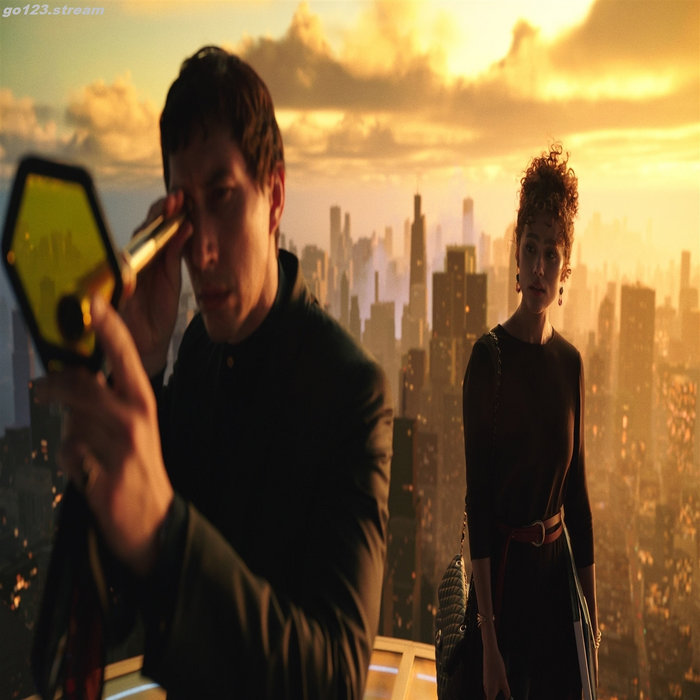Unveiling the Megalopolis: A Colossal Urban Phenomenon
What is a Megalopolis?
A megalopolis is a vast, interconnected network of metropolitan areas that merge into a single, sprawling urban region. It is a megalopolis of cities, where the boundaries between individual cities blur, creating a continuous urban landscape. This colossal urban phenomenon is characterized by high population density, economic integration, and shared infrastructure.
The Rise of Megalopolises
As urbanization continues to accelerate, megalopolises are emerging across the globe. These massive urban agglomerations are driven by population growth, economic opportunities, and the need for efficient transportation and resource management. From the iconic megalopolis of the Northeastern United States (Boston to Washington D.C.) to the rapidly expanding megalopolis of the Pearl River Delta in China, these urban giants are reshaping the way we live, work, and interact.
Examples of Megalopolises Around the World
- The Boston-Washington Corridor (United States)
- The Pearl River Delta (megalopolis) (China)
- The Taiheiyō Belt (megalopolis) (Japan)
- The Golden Horseshoe (megalopolis) (Canada)
- The West African Megalopolis (Nigeria to Ivory Coast)
Challenges and Opportunities of Megalopolises
While megalopolises offer economic opportunities and access to resources, they also present significant challenges. Urban sprawl, traffic congestion, environmental concerns, and the need for coordinated governance are just a few of the issues that arise in these vast urban regions. However, with proper planning and innovative solutions, megalopolises can become models of sustainable urban living, fostering economic growth, cultural exchange, and a higher quality of life for their residents.
The Future of Megalopolises
As the world continues to urbanize, megalopolises are poised to play an increasingly significant role in shaping our global landscape. By embracing smart city technologies, promoting sustainable development, and fostering collaboration between neighboring cities, these urban giants can pave the way for a more connected, efficient, and livable future.




















